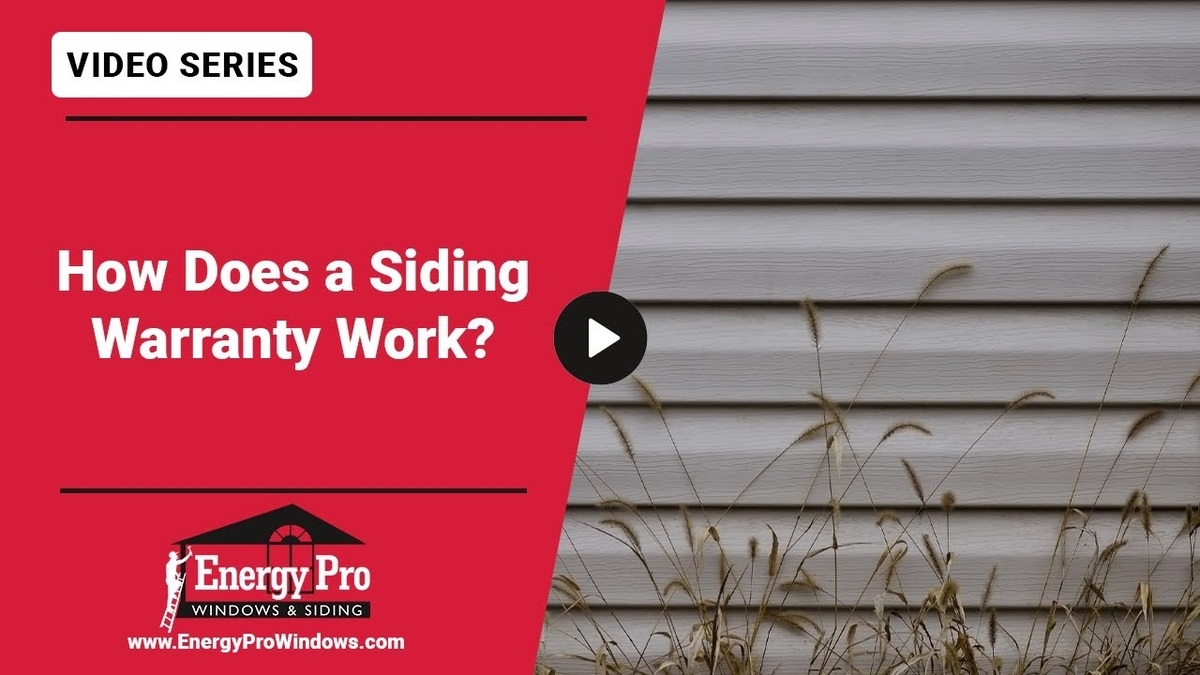A low price on a siding quote might seem like a good deal at first, but it often comes with problems that cost more in the long run. In Kansas City, most contractors use the same materials from the same suppliers. So when one quote is much lower than the rest, the issue usually isn’t the product—it’s the installer.
In this blog, we’ll explain the real risks behind cheap siding jobs, from unfinished work to poor service after installation. We’ll also share how to avoid these issues by focusing on quality and reputation over price alone.
It’s Not the Product, It’s Who You Hire
In Kansas City, almost every contractor is using the same siding materials. They’re buying from the same suppliers and using the same brands. So when you see a big difference in price, it’s not about the siding — it’s about the company.
When you choose a contractor with a poor track record, here’s what can happen:
1. Jobs That Don’t Get Finished
We’ve seen it over and over. A crew starts your project, gets most of the way through, then disappears. You can’t reach them, and the work sits unfinished.
2. No Response After Storm Damage
After a recent windstorm, we got several calls from homeowners who couldn’t get a hold of the contractor who installed their siding. They needed repairs — but the original installer was nowhere to be found.
3. It Costs You More in the End
You might think you’re saving money at first, but poor installation or bad service can lead to full replacements, major repairs, or having to hire someone else just to finish the job.
These are some of the most common hidden costs of cheap siding, and they can all be avoided by hiring a reliable, well-reviewed company.
Why Reputation Matters
The biggest thing you should look for in a siding contractor?
- Do they answer the phone when you call?
- Do they offer real customer service?
- Do they take care of your home even after the install?
The right contractor will stand behind their work, and that matters far more than saving a few hundred dollars up front.
Siding Prices Are More Balanced Today
There’s no longer a huge gap in pricing between materials. Whether you go with vinyl, composite, SmartSide, or Hardie, the costs are all relatively close.
So instead of choosing based on cost alone, ask yourself:
What Do You Want From Your Siding?
- Do you want zero maintenance?
- Are you trying to boost energy efficiency?
- Is your house on shifting soil?
- Do you plan to live there long-term?
These answers should guide your product decision more than the price tag.
Let’s Talk About Hardie Siding
We often get asked: “Is Hardie worth it?” And our answer is: It depends on what you’re expecting.
Hardie is a strong, good-looking product, but it’s not maintenance-free. Even if you choose the factory-painted version, you’ll still need to check the caulking every year.
That’s because:
- Kansas City homes move. Our soil shifts with the seasons, causing homes to settle and shift.
- If you see cracks above your doors inside, your home is moving — and that movement affects your siding.
- Hardie is a rigid product, similar to concrete. So when your house shifts, Hardie siding can crack.
- And when it cracks, you can’t just replace one board — you often need to replace the entire wall.
If your home settles often, Hardie might not be the right fit, even though it seems like a premium option.
When Vinyl or Composite Might Be Better
If your goal is to cut down on maintenance, or if you’re tired of painting every few years, vinyl or one of the newer composite sidings might be the better choice.
Benefits of Vinyl and Composite Siding:
- Low maintenance — no repainting or yearly caulk checks
- Insulated options add R-value and can help reduce energy bills
- Better suited for homeowners who want a “set it and forget it” exterior
If you’re getting older or simply want to avoid upkeep, vinyl or composite siding can give you peace of mind without constant maintenance.
It’s About What You Want to Accomplish
The biggest takeaway? Siding is about more than price. You need to ask yourself:
- Do I want to increase insulation and lower energy bills?
- Do I want to avoid regular upkeep?
- Does my home shift during the year?
- What do I expect from the siding long-term?
When you focus only on upfront savings, you’re likely to run into issues later. The hidden costs of cheap siding can include cracked boards, full wall replacements, storm damage with no support, and companies that ghost you when you need help.
In Summary
You’re not just buying siding — you’re hiring a company to protect your home. Don’t fall for low bids from contractors who won’t answer their phone six months later. Choose a partner who will help you pick the right material for your goals and make sure the install lasts.
If you’re ready to avoid the hidden costs of cheap siding, contact us today. We’ll give you honest advice, explain every product clearly, and make sure your siding is installed with care from start to finish.



